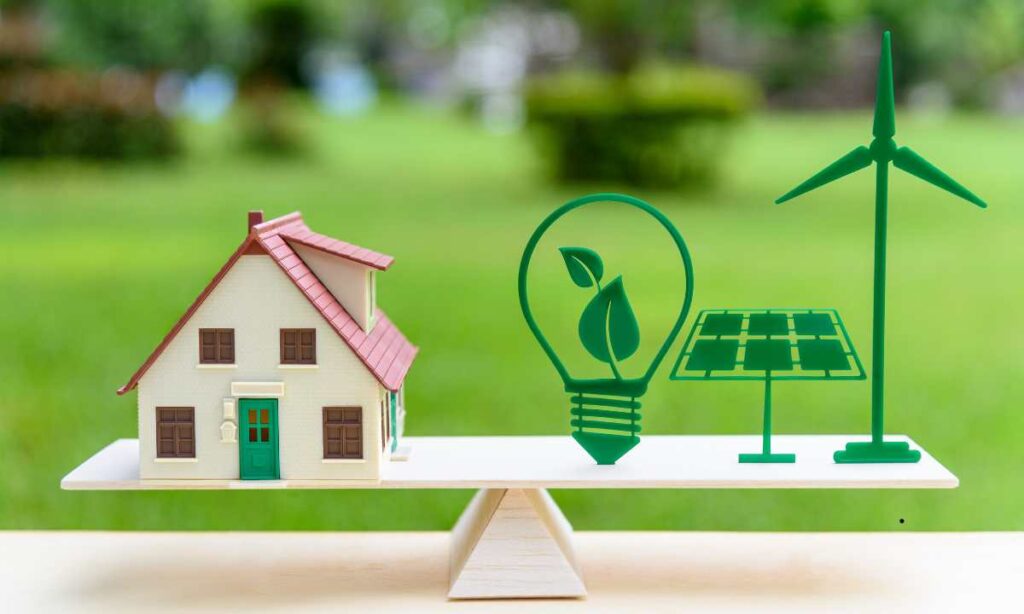
In an era marked by environmental awareness and the pursuit of sustainable solutions, green energy has emerged as a beacon of hope for a cleaner, greener future. This article will guide you through the exciting world of green energy, explaining its importance, various forms, and how you can participate in the transition to a more sustainable energy landscape.
Map Energy Blog: The Importance of Green Energy
Green energy, often referred to as renewable energy, is derived from sources that are naturally replenished and have minimal environmental impact. As the world grapples with climate change and the depletion of finite fossil fuels, the adoption of green energy sources has become critical. Here’s why green energy matters:
- Environmental Benefits: Green energy sources produce little to no greenhouse gas emissions, making them essential in reducing the carbon footprint and combatting climate change.
- Energy Independence: By harnessing local renewable resources, communities and countries can decrease their dependence on imported fossil fuels, bolstering energy security.
- Economic Opportunities: The green energy sector offers numerous job opportunities and economic growth potential. It drives innovation and supports local industries.
Forms of Green Energy
Green energy comes in various forms, each with its unique advantages and applications:
- Solar Energy: Solar panels convert sunlight into electricity. Solar power is harnessed in residential, commercial, and utility-scale applications.
- Wind Energy: Wind turbines capture the kinetic energy of the wind to generate electricity. Wind farms are now a common sight worldwide.
- Hydropower: Hydropower, or hydroelectric power, harnesses the energy of flowing water to generate electricity. It is one of the oldest and most widely used forms of green energy.
- Biomass Energy: Biomass, such as agricultural waste, wood, and other organic materials, can be converted into biofuels and biogas for energy production.
- Geothermal Energy: Geothermal energy taps into the Earth’s internal heat to produce electricity and provide heating and cooling solutions.
How to Get Involved
- Solar Panels: Consider installing solar panels on your home or business to harness clean, renewable energy from the sun. Many incentives and rebates are available to make the transition more affordable.
- Wind Turbines: If you have suitable land or access to a community wind project, wind turbines can be a great source of green energy.
- Support Renewable Energy Providers: Choose electricity providers that offer renewable energy options. Many utilities now allow customers to opt for 100% green energy.
- Energy-Efficient Practices: Reduce your energy consumption by adopting energy-efficient appliances, LED lighting, and proper insulation.
- Advocate for Green Policies: Support policies and initiatives that promote the growth of green energy sources at local, state, and national levels.
Map Energy Marketing and Dental Partnering
We are networking with DentalChat.com , Dentalcoupons.com , Dentistlist.com , Teledental.com and other dental sites. MapDentist is building a dental ecosystem and is looking to build out the ultimate dental platform.
Conclusion
Green energy is more than just a buzzword; it’s a pathway toward a sustainable future. By embracing renewable energy sources like solar, wind, hydropower, biomass, and geothermal energy, we can reduce our environmental impact and secure a cleaner, brighter world for generations to come.
For the latest updates, technologies, and insights into the world of green energy, visit MapEnergy.com. Your go-to resource for all things related to renewable energy and sustainable living. Together, we can navigate the future with green energy as our guiding light.